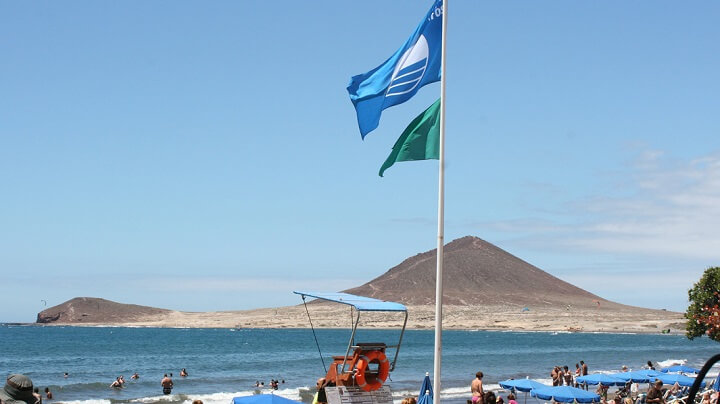
You will have seen them thousands of times. The beaches have flags that change color depending on how dangerous it can be to take a bath. That is why you have to pay attention and know the meaning of each one of them, since there are people who, without knowing what those flags were transmitting, have gotten into the water and got a good scare
The lifeguards, who are responsible for ensuring the safety of bathers, are the ones who must decide the flag they choose based on how the sea is.
Blue flag
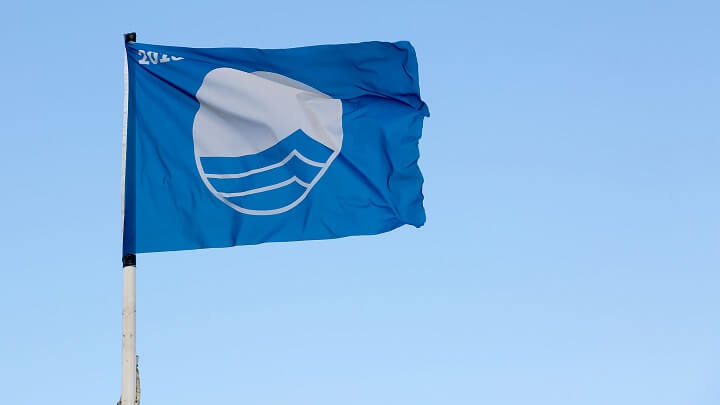
Instead of giving us information about how calm or rough the water is, this flag tells us about its quality . Blue Flag beaches are beaches that have received a certificate that is awarded annually based on criteria that not only evaluate the state of the water, but also value a series of services and facilities that make a beach more accessible , safe and complete. In Spain, in 2018, there are a total of 590 Blue Flag beaches according to the European Foundation for Environmental Education, which is responsible for delivering them.
Green flag
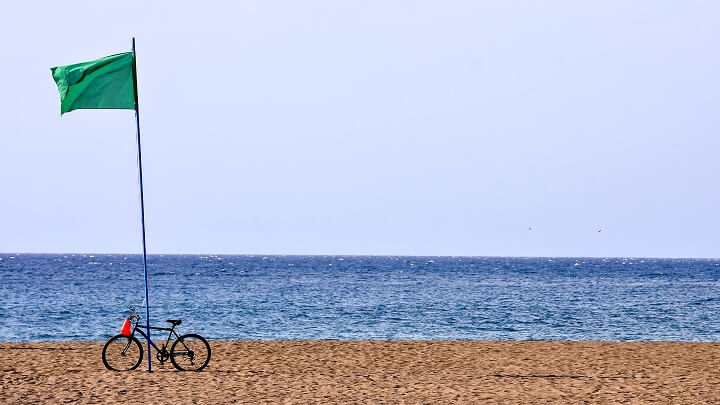
The green flag is the one we want to see whenever we go to the beach. It is the one that indicates that the sea is calm and it is a good day to take a dip. Of course, the fact that there is a green flag does not mean that one can be unconcerned and leave children unattended, since there are always risks.
Yellow flag
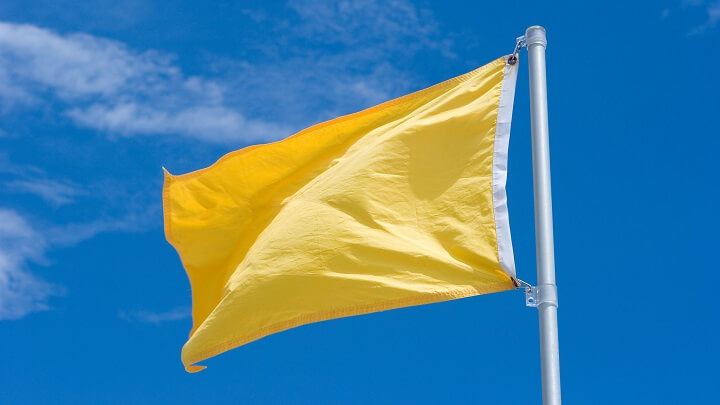
It is the color that generates the most doubts. It is clear that it is not the best day of the year to bathe, but it is not known to what extent it is dangerous. With the yellow flag, swimming is allowed, but it is a warning of water pollution or strong waves. It also flies when there are jellyfish, but in that case a specific flag is also used to make it clear that the dreaded invertebrates are near the shore. In these cases it is recommended to bathe touching the bottom and with the head always out of the water .
Red flag
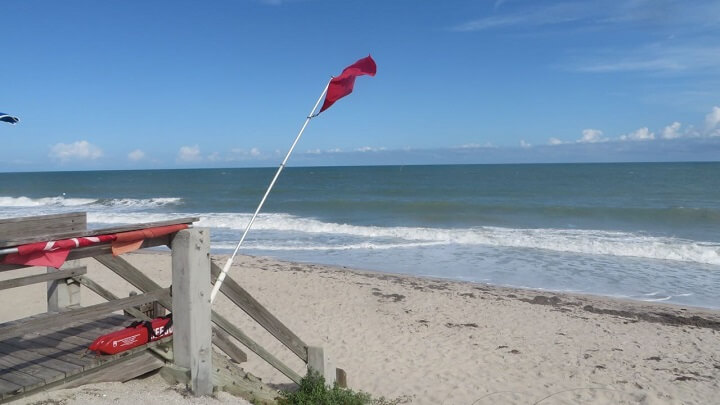
The red flag prohibits bathing without exception. Pollution and bacteria can cause it to wave, but it can also be caused by strong surf. Another less common reason has to do with an infestation of jellyfish, spider fish or sharks. Whoever decides to get into the water while ignoring the warnings, in addition to endangering his life, is exposed to a penalty that ranges between 100 and 3,000 euros depending on the municipality in charge of managing the beach.
Black flag
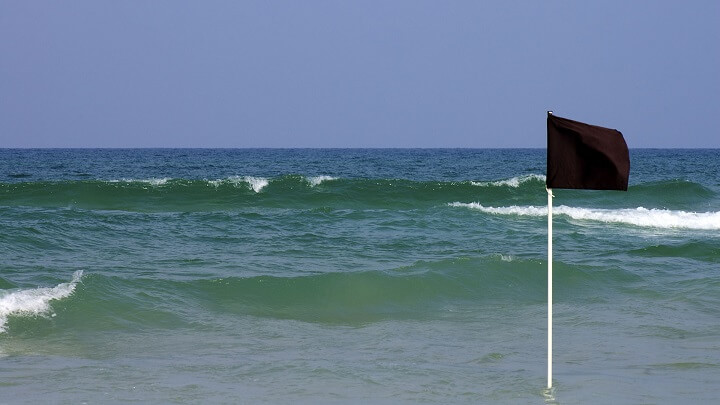
When there is a black flag you don’t even have the possibility to get into the water, since it is closed to bathers . It is an unusual situation that occurs when the water is polluted, when the sand has to be replaced or when the storm has caused great damage to the coast.
Other flags
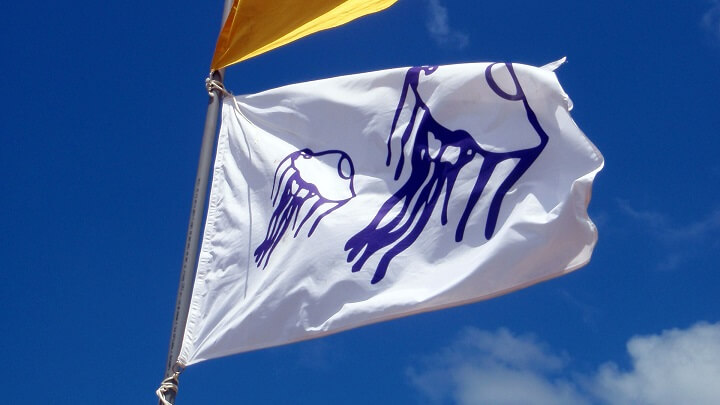
To warn of the presence of jellyfish, the Red Cross usually places a white flag with a drawn jellyfish , although it is also possible to see that same purple flag.
Recommended article: The most dangerous beaches in the world
